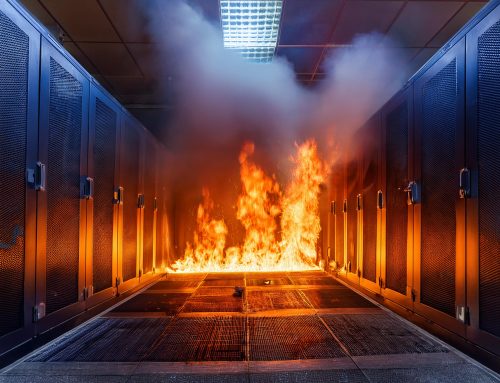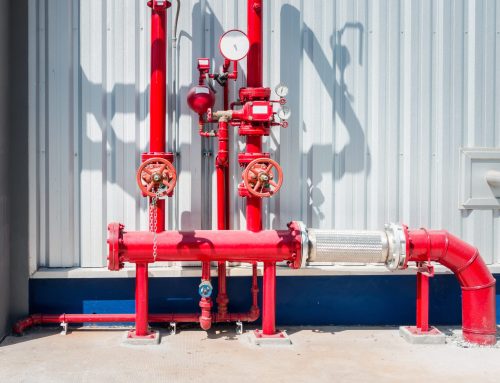An essential tool in fire safety management is your sprinkler inspection report. This document, provided after a routine inspection, gives a comprehensive overview of your fire sprinkler system’s performance, compliance, and areas needing attention. Understanding the details within the report is crucial to ensure your property and employees remain protected.
Why Sprinkler Inspections Matter
Fire sprinkler systems are designed to detect and suppress fires before they spread, reducing damage, and saving lives. Regular inspections are mandated by the National Fire Protection Association (NFPA) and local authorities to ensure these systems are functioning optimally. An inspection evaluates several components, including water supply, sprinkler heads, control valves, and alarm devices.
A sprinkler inspection report provides insight into how well your system performs and highlights necessary repairs or upgrades to meet regulatory standards. Without regular inspections and maintenance, even a minor malfunction in the system could have catastrophic consequences during a fire emergency.
Key Components of a Sprinkler Inspection Report
When reviewing your report, you’ll notice it is structured to cover specific areas. Here’s how to break down its primary components:
- General System Information
The report typically begins with a description of your sprinkler system, including its type, age, and design. It may also mention the last inspection date and any updates made since then. Pay attention to the system type (wet, dry, or pre-action) and ensure it matches the needs of your building and occupancy type.
- Inspection Results
This section outlines the condition of critical system components:
- Sprinkler Heads: Are they free of debris, corrosion, and obstructions?
- Control Valves: Are they properly sealed and in the correct position?
- Piping and Fittings: Are they free of leaks or visible damage?
- Water Flow and Pressure: Is the water supply adequate to operate the system effectively?
The inspector may assign a status such as “compliant,” “requires maintenance,” or “non-compliant” to each component. Non-compliance indicates that immediate corrective actions are needed to meet fire safety codes.
- Deficiencies and Recommendations
If issues are detected, they will be detailed in this section. For example, clogged sprinkler heads, low water pressure, or outdated components might be flagged. Inspectors will often include recommendations for repairs, replacement parts, or upgrades. Prioritize addressing any deficiencies marked as “critical,” as these can impact the system’s functionality in an emergency.
- Testing Results
Functional tests, such as flow tests or alarm tests, are documented in the report. These tests ensure that alarms activate as expected and that water is flowing through the system at the required rate. Any discrepancies in the results will be noted, often accompanied by guidance on corrective actions.
- Compliance and Certification
The final part of the report indicates whether your system complies with NFPA standards and local fire codes. If the system passes inspection, the inspector will certify that it is safe and operational. If not, the report will explain the reasons for non-certification.
Take Action Based on Your Report
Once you’ve reviewed the sprinkler inspection report, the next step is to act on any identified issues. Ignoring deficiencies can lead to costly fines, insurance complications, or even system failure during a fire. Here are some tips to ensure your fire sprinkler system remains in top shape:
- Address repairs promptly: Work with a licensed fire protection company to repair or replace defective components.
- Schedule follow-ups: If your report includes unresolved issues, schedule a re-inspection once repairs are completed.
- Maintain documentation: Keep a copy of your sprinkler inspection report on file for reference during future inspections or in case of an audit.
Tips for Ensuring Ongoing Compliance
To avoid surprises during future inspections, implement a regular maintenance routine. Conduct visual checks of sprinkler heads, valves, and pipes to spot potential issues early. Ensure your building’s water supply remains uninterrupted and educate your staff about fire safety procedures.
Additionally, stay informed about state and local fire codes that may affect your business. Regulatory requirements can vary, so maintaining compliance is an ongoing responsibility. Investing in a reliable fire protection service provider can help you stay ahead of changes and ensure your sprinkler system operates at peak efficiency.
Fire Systems, Inc.
Interpreting your sprinkler inspection report is just the first step toward ensuring fire safety compliance. Fire Systems, Inc. is here to help. With decades of experience in fire protection services, we offer comprehensive inspections, maintenance, and repair solutions tailored to your needs.
Our certified technicians provide expert guidance to keep your system compliant and ready for emergencies. Contact Fire Systems, Inc. at 770-333-7979 today to schedule an inspection or learn more about our services. Let us partner with you to protect your property, employees, and peace of mind. Visit our website for more information.






